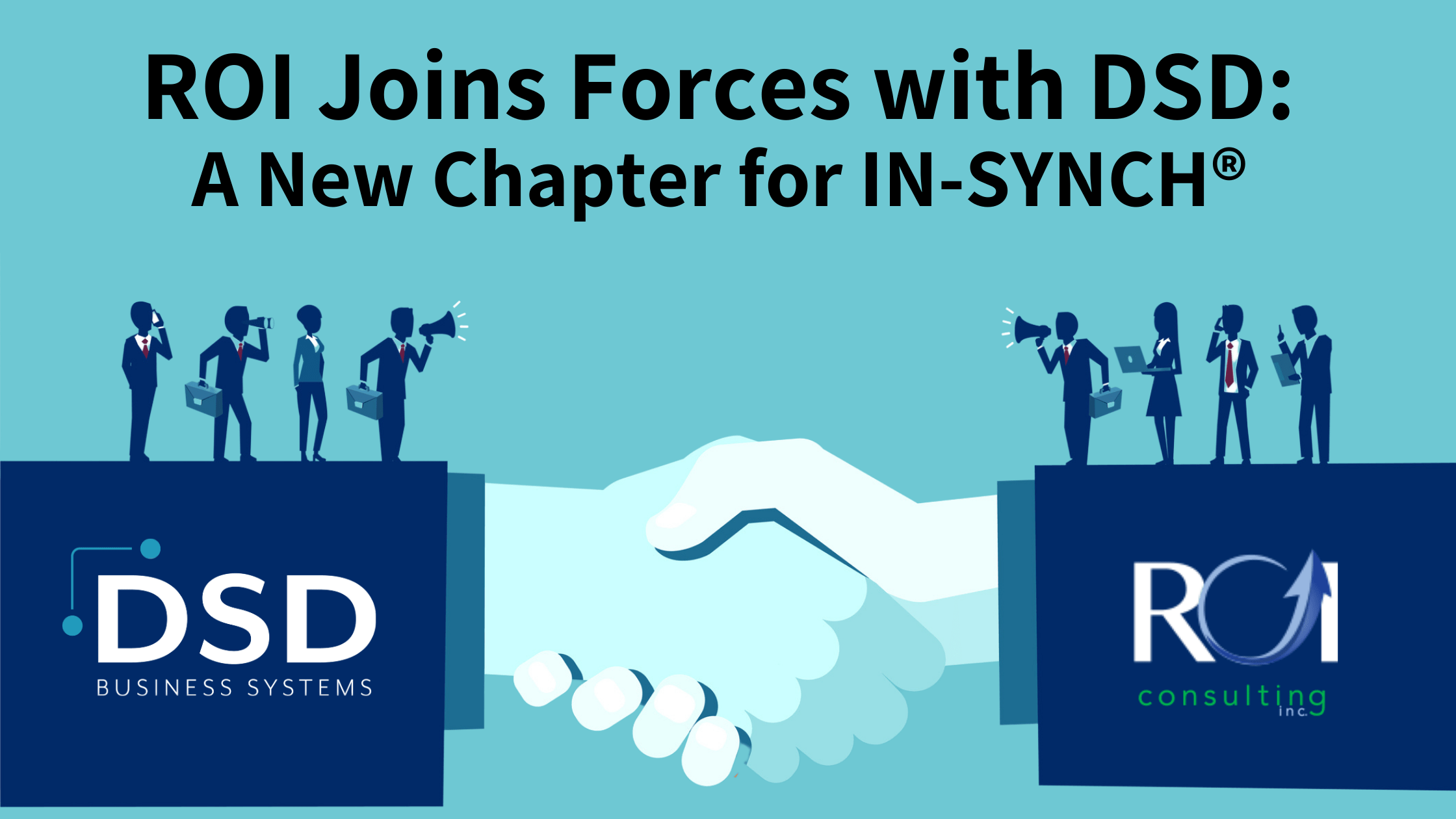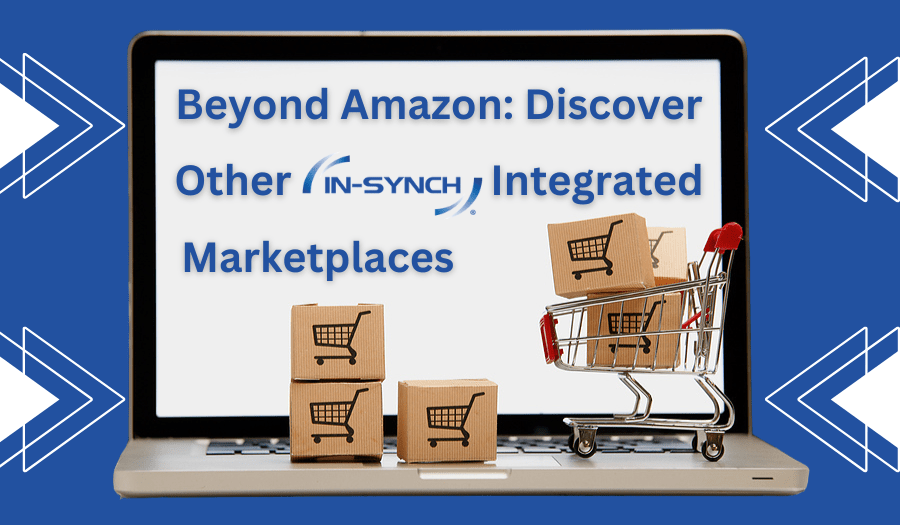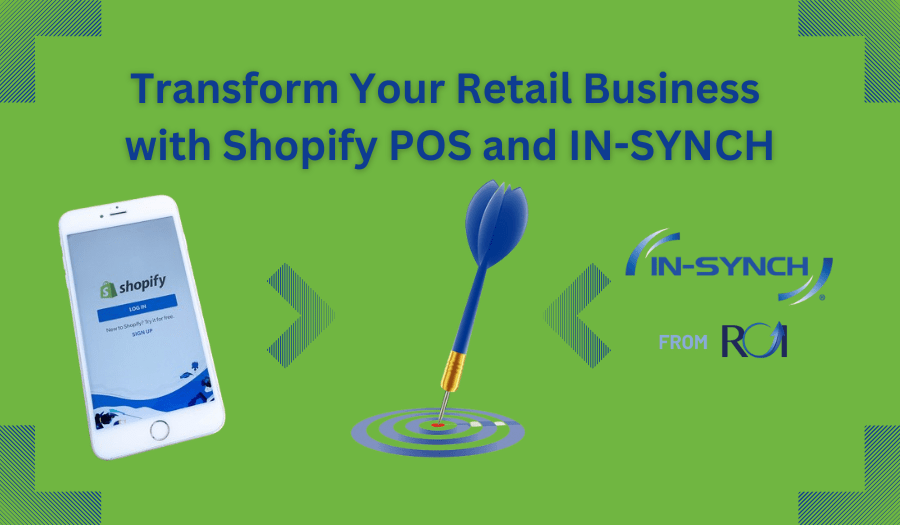By Ruth Richter • September 21, 2017
Start Now for End-of-Year Ecommerce Sales
It’s autumn and it is much too late to launch a web store in time for end-of-year sales.
Or is it?
While this may not be the ideal time of year to start a new ecommerce project, it is not too late to create a web store so that you can sell online, anytime, anywhere and without manual data entry.
How is this possible? Read on for some quick start tips.
When choosing to set up ecommerce, many companies think about the web store design. However, there are several other decisions that need to be made before implementing ecommerce:
- What ecommerce storefront will be used? Is it for existing B2B customers, new retail customers or both?
- Will the website be customized or created with a standard template?
- How do you prefer to host the web store?
- How will warehousing and shipments be handled?
- How much will the ecommerce system be integrated with existing software systems?
Answering these questions will help to narrow the options.
Creating a New Webstore
There are many options for creating a web store today.
For instance, to service existing (B2B) customers, a quick option to launch an integrated web store is to link a portal to the backend. One solution that comes integrated with Sage 100 is Clearnine.com which offers a B2B portal that can be linked to your existing website. This will make shopping a breeze for current customers and is a great choice for displaying a large catalog.
Another powerful option for a large catalog is Magento. The newest version of Magento offers faster time to market, easier site maintenance, and better scalability. The Magento cart can be plugged into an existing website and with integration to the accounting system, provides easy account access for B2B customers.
Retail businesses with only a few items to sell online, and can limit options to size, color, or material, should consider solutions like Shopify and BigCommerce. These solutions are quick to market, offer professionally designed templates and hundreds of additional apps. They are hosted so there is no need to shop for, arrange, and manage the server.
Quick Start Tip: Leverage your existing corporate site as a go-to-market strategy that works nicely for B2B shopping needs. Also, starting with fewer items and variations will give you a greater range of affordable, easy-set-up shopping cart options.
Choosing Logistics and Marketplace Options
Do you have both B2B and B2C needs? Take a look at popular options for ecommerce sales through eBay, Walmart Marketplace, or Amazon. These marketplaces offer a great go-to-market path and tremendous volume opportunities.
A very important part of setting up a quick ecommerce site is establishing logistics to get the orders from the online site and into the customers’ hands. Options for logistics include self-fulfillment, third-party, or some combination of the two.
One example of third-party logistics is the Fulfillment by Amazon (FBA) program. With FBA, tasks include setting up product listings on Amazon, labeling items to Amazon’s standards, shipping items to Amazon, and responding to customer inquiries (sent through Amazon).
Amazon takes care of customer service, inventory management, shipping, and returns for the FBA seller. Shipping costs are very low as an FBA. However, maintaining inventory with Amazon can be costly, because the seller pays for storage space, and storage fees get higher the longer the product sits in the warehouse.
Another Amazon option that offers more control over sales is Amazon’s Fulfillment by Merchant (FBM) seller program. In this self-fulfillment program, the seller lists products on Amazon, provides customer service, shipping (meeting Amazon’s quick turnarounds), and inventory management.
Quick Start Tip: Choosing third-party logistics can help you gear up quickly for high ecommerce sales volumes and keep your shipping costs low.
Selecting Required vs. Flexible Hosting
All “on-line” web stores need to be hosted. There are benefits with selecting a vendor whose solution is offered as a service only, i.e. hosted solutions. These include:
- An already set up backend that’s easy to navigate and use
- Customer service to fix common errors fast
- Software updates and card-processing security
- The ability to run a web store without an IT department
- A predictable, good-looking site that takes little work to maintain
Finding a host for your solution adds steps that might slow your go-to-market ability down. These include researching and interfacing with the host company, as well as administration. The ecommerce site may require payment security and the ability to monitor the virtual storefront at all hours. However, there are merits to “owning” the website and ecommerce solution, including finding competitive rates and the flexibility to move your asset to whatever host you choose.
Another option is to go with a vendor who offers flexibility with regards to hosting. Magento and WooCommerce are examples of solutions that offer hosted and unhosted plans with everything from simple ecommerce store setup to plans that offer flexibility and heavy customization.
Quick Start Tip: A hosted ecommerce solution can get your web store up quickly because you don’t need to worry about locating and maintaining your own software.
Setting Up Accounting Software Integration
Whether a hosted site or marketplace; a feature rich B2B portal or a basic solution; customer satisfaction is paramount. The best way to keep customers happy is to ensure accurate, real-time inventory information on the web store, as well as accurate, instant, order information for the back offices and shop floor. The level of integration can vary; options include accounting, customer information, order history, inventory levels and more.
With seamless, bi-directional synchronization between the ecommerce solution and business software, operations will be quick and efficient, with real-time visibility into sales and inventory performance. Order fulfillment will be streamlined because manual data entry is eliminated.
Quick Start Tip: Choose a system integrator who has experience in both your business software and your ecommerce solution for fast turnaround and accuracy. Engage them in the project early. Start with basic integration and add on as your ecommerce business grows.
ROI Consulting is the market’s leading ecommerce solution and Sage 100 integration specialist, maximizing Sage 100 customer’s technology investment through integration and customization since 1997. Learn more about ROI’s integration solutions for Sage 100 at www.roi-consulting.com or by calling Ruth Richter at 402-934-2223×1.
This article first appeared in Bellwether Magazine.




